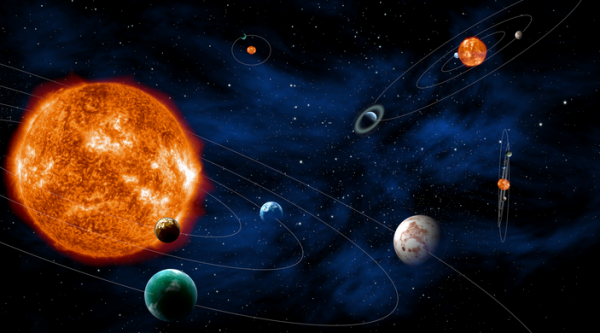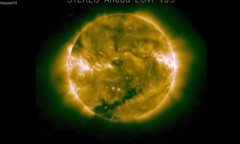By Jayson Boral, | March 15, 2016

The possibility of life outside of the planet has piqued the interest of human beings since the beginning of time.
The possibility of life outside of the planet has piqued the interest of human beings since the beginning of time.
In 1961, University of California Santa Cruz astronomer Frank Drake devised a formula that calculates the possible number of active and communicative extraterrestrial life. It takes a few factors into consideration including the average rate of star formation, the number of planets that can sustain life, and the length of time civilizations develop.
Like Us on Facebook
Moreover in 1977, the Voyager spacecraft was launch with a golden record that contains sound and images to portray the life and culture on Earth. The golden disc was intended to illustrate humanity to intelligent alien life that happens to find it.
Despite numerous efforts in locating alien species, humanity has made no significant strides in proving their existence. Recently, however, a new study was published offering a revolutionary tactic in finding extraterrestrial beings.
Rene Heller and Dimitri Mislis from the Max Planck institute for Solar System Research in Germany recently published an academic paper suggesting the use of Earth's solar transit zone in order to map out a target list of potential stars from where Earth is visible to.
"It must have been in 2009. Dimitris and I were both working on exoplanet transits at that time. He studied and actually observed the transits of exo-planet TrES-2b, who was suspected to show some weird transit timing variations at that time" gushed Heller in an interview with Live Science.
Heller and Mislis' research have narrowed down the potential sun-like stars to about 10,000 within the Earth Transit Zone which is approximately 3260 light years from the planet. With the help of a current star-mapping initiative conducted by the European Space Agency, Heller and Mislis are hopeful that G stars that can sustain life within the Earth's transit Zone would be identified.
"Among those stars, there will be millions of G stars like the sun. So within the next few years, we will 'find' more and more sun-like stars in our galactic neighborhood, many of which will be located in the ETZ" quipped Heller in the same interview with Live Science.
-
Use of Coronavirus Pandemic Drones Raises Privacy Concerns: Drones Spread Fear, Local Officials Say

-
Coronavirus Hampers The Delivery Of Lockheed Martin F-35 Stealth Fighters For 2020

-
Instagram Speeds Up Plans to Add Account Memorialization Feature Due to COVID-19 Deaths

-
NASA: Perseverance Plans to Bring 'Mars Rock' to Earth in 2031

-
600 Dead And 3,000 In The Hospital as Iranians Believed Drinking High-Concentrations of Alcohol Can Cure The Coronavirus

-
600 Dead And 3,000 In The Hospital as Iranians Believed Drinking High-Concentrations of Alcohol Can Cure The Coronavirus

-
COVID-19: Doctors, Nurses Use Virtual Reality to Learn New Skills in Treating Coronavirus Patients













